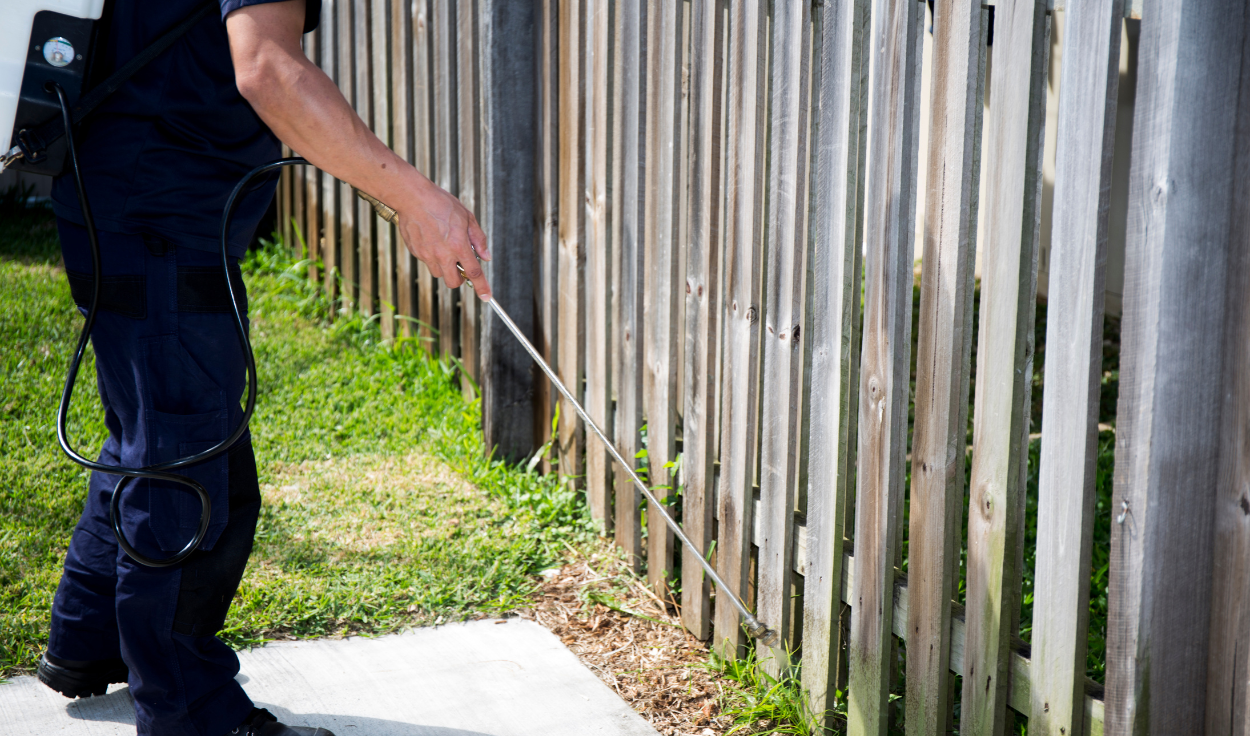
Green Pest Control in Singapore: A Sustainable Approach to Pest Management
Introduction
Singapore, a colourful metropolis famous for its meticulous cleanness and urban preparation, faces the constant challenge of pest control. Traditional orders, often dependent on harsh chemicals, can have disadvantageous effects on the atmosphere and human health.
This article investigates the growing style of green pest control in Singapore, examining allure principles, plans, and effectiveness in maintaining an active and sustainable atmosphere.
Understanding Green Pest Control Principles
Green pest control Singapore operates on the standard of minimizing harm to the atmosphere and human health while effectively directing pest cultures. It emphasizes a holistic approach, fixating on:
1. Prevention:
Proactive measures such as decent sanitation, sealing access points, and eliminating training grounds are paramount. This prevents pest infestations from happening in the first place.
2. Biological Control:
Harnessing everyday predators or parasites to control blight populations is an important element of green pest control. For example, presenting beneficial bugs that prey on specific blight species can efficiently reduce infestations without devoting themselves to synthetic pesticides.
3. Environmentally Safe Chemicals:
When synthetic intervention is necessary, green pest control emphasizes the use of the slightest-impact pesticides. These are formulated with weakened toxicity to humans, creatures, and the environment. Careful consideration is likely for the specific pest and the intended application district.
Methods Employed in Green Pest Control
Green pest control systems encompass a wide range of game plans, including:
1. Physical Barriers:
Exclusion is key. This includes sealing cracks and crevices, utilizing screens on windows and doors, and asserting proper cleanliness to prevent pests from recording.
2. Mechanical Controls:
Traps, glue boards, and additional mechanical devices may be effective in grabbing and eliminating pests outside the use of chemicals.
3. Cultural Practices:
Modifying the atmosphere to make it less hospitable to viruses, such as correct food storage, removing standing water, and maintaining cleanliness, are crucial cultural control arrangements.
4. Natural Repellents:
Certain natural elements, like peppermint oil, citrus peels, and garlic, can deter blights and create a less alluring environment. These methods are frequently combined accompanying other approaches.
5. Biopesticides:
Biopesticides are derived from unaffected sources, in the way that bacteria, fungi, or plant extracts. They are designed to goal specific pests while minimizing harm to beneficial creatures.
Regulatory Framework and Future Trends
Singapore’s environmental organizations are increasingly promoting and upholding green pest control practices. Regulations and directions are evolving to encourage the acceptance of sustainable procedures. Future trends in green pest control are inclined to involve:
1. Advanced Monitoring Technologies:
Real-opportunity monitoring schemes and advanced pest discovery technologies will aid in early mediation and targeted treatment approaches.
2. Personalized Pest Management:
Tailored solutions established specific property traits and pest exposures will be more prevalent.
3. Collaboration and Education:
Increased collaboration betwixt pest control specialists, property owners, and tenants will foster a joint understanding and commitment to sustainable practices.
4. Research and Development:
Continued research into biopesticides and different environmentally-friendly resolutions will lead to more effective and adept green pest control forms. You can contact the best termite control Singapore.
Conclusion: A Sustainable Future
Green pest control in Singapore represents an important step towards a more sustainable future. By prioritizing environmental protection and public health, Singapore is demonstrating an assurance of long-term resolutions.
This inclusive approach, combined with ongoing research and regulatory support, will guarantee a healthier and liveable environment for all.



